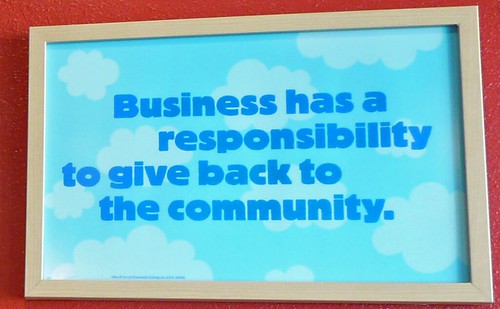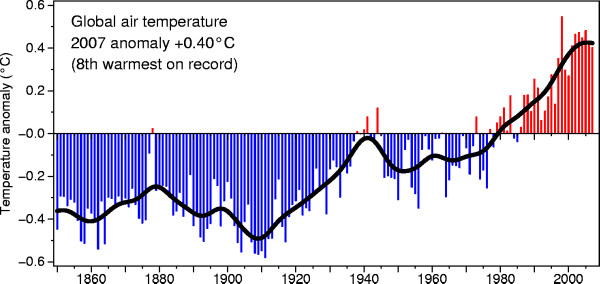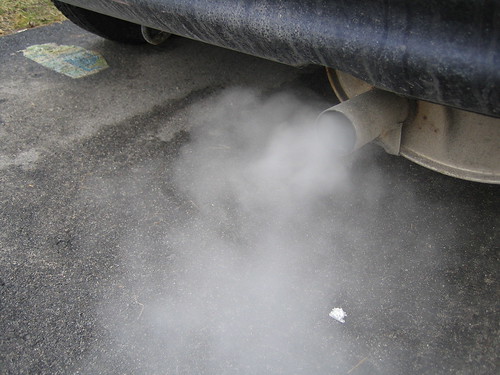
Photo credit Milton CJ
I ReTweeted a couple of posts yesterday from HP’s Ed Gemmell. The posts from Ed were some data about HP’s use of renewable energy in various EU countries. The retweets were:
- RT @EdGemmell: HP Ireland running on 50% wind power saving 27,000 tonnes CO2
- RT @EdGemmell: HP in Italy has been running on 100% hydro since Jan09 saving 15,000 CO2 PA
- RT @EdGemmell: HP in UK has been running on 100% hydro since Feb09 saving 46,000 tonnes CO2 PA and
- RT @EdGemmell: HP in Germany has been running on 100% hydro since Jan09 saving 37,000 tonnes CO2 per year
Some nice data there and kudos to HP.
Another Twitter user, Thomas Bjelkman replied very quickly with the following response:
@TomRaftery Re HP and hydropower. If the energy mix in the market is the same then the CO2 has only moved from one customer to another.
And, to an extent he is correct. If suppliers in a market generate 200gWh for example, 50% of which is from renewables then you have 100gWh of renewable energy to go around. One co. preferentially buying 10gWh means by definition that there is less renewable energy (100gWh – 10gWh = 90gWh) to go around for others.
However, the flipside is that if companies are preferentially purchasing/looking to purchase renewable energy, this increases demand in the market. And an increased demand signal invariably leads to an increased supply (as suppliers see more demand, it makes sense to invest in more renewable generation to meet the demand).
So, companies who favour renewable energy (and especially if they publish targets to increase the amount of renewables they are purchasing) are de facto helping to increase the penetration of green power on the grid.
More of it, I say.









